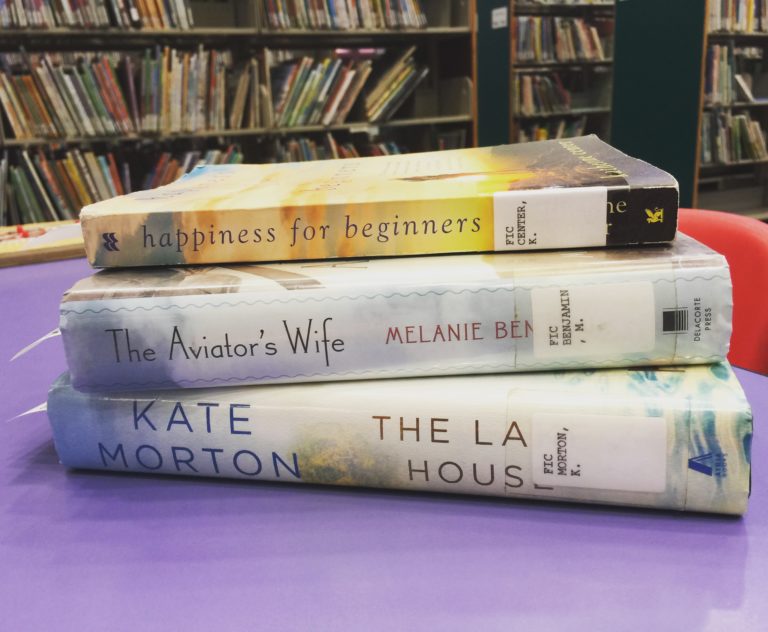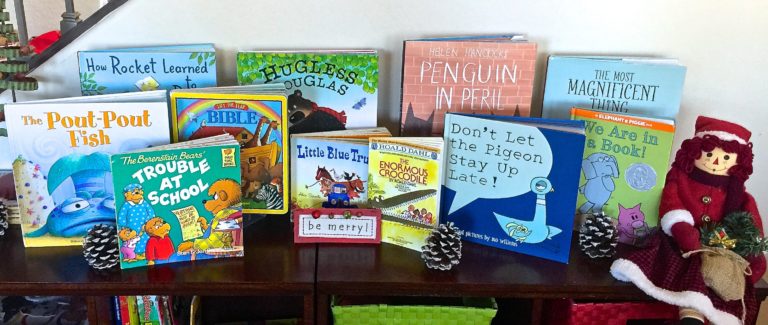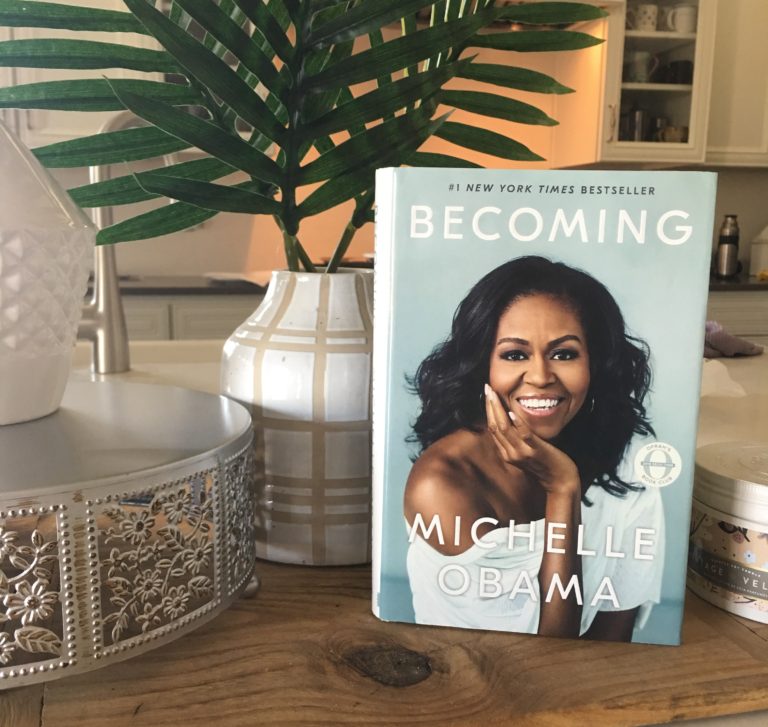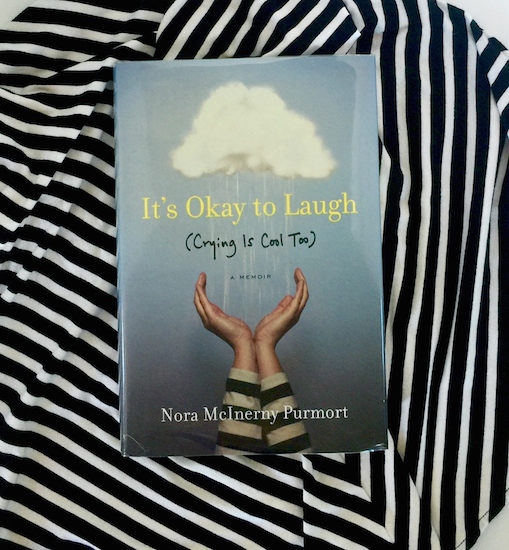The Cuckoo’s Calling by Robert Galbraith
The Cuckoo’s Calling is about a supermodel that plunges to her death from the balcony of her posh apartment on a cold snowy night. Most think it was suicide.. but was it? Private detective Cormoran Strike is asked to investigate and finds clues to solve the case through a series of interviews with several characters whose lives somehow intersected with the deceased Lula Landry. These characters are colorful and varied – from a limo driver, to a homeless recovering addict to supermodels and high fashion designers.
What I liked: I really enjoyed this book. The writing was vividly descriptive. I “read” it primarily by listening to the audio book, and occasionally referencing the hardback copy. The audio was wonderfully done by Robert Glenister, who added an extra dimension to the experience of the book through his rich character voices and acting. At times I could believe I was listening to an old-time radio broadcast because for me, it had the feel of a mystery plot from the 50’s, even though the characters were modern in speech and portrayal.
The book feels to be written from a male perspective, since the story was told often from the viewpoint of Cormoran Strike. This was a clever device by J.K. Rowling, who wrote the book under a male pen name. The backstory to this is fun- Rowling wanted to write a mystery series without the pressure of being the author of Harry Potter. The truth came out shortly after the release of “The Cuckoo’s Calling” in 2013. (To hear a great podcast interview with J.K. Rowling on the Cormoran Strike series, listen here.
Strike is equal portions jaded and cynical, street savvy and yet considerate, as shown as he gets to know Robin Ellacott, the temp who comes to help him out. The development in the working relationship between Cormoran and Robin is one of the highlights of the book. Robin is a fun, likable character – smart, conscientious, and finding her way in the exciting world of detective work.
*****(Slight spoiler here): I loved how the book ended. Strike confronts the guilty party, and in doing so, reviews the various interviews and events over the course of the investigation and how they led him to his conclusion. I really liked the summary through this dialogue (though one podcast reviewer found this tedious, I found it to be a clever and interesting way to summarize the plot points of the book). It was a masterful confrontation reminiscent of the zinger interrogations Perry Mason had with the guilty protagonists in the old television episodes. *****
What I didn’t like: The two things I would have changed about this book is the length of the book, and the depth of the plot.
There was a point where, after spending at least two hours listening to the book, I felt very dissatisfied with the development of the plot, and I still had more questions – and much of the same questions- I had already been asking for several chapters. The book’s 455 pages could have been much shorter, and would have made it a more succinct, satisfying read.
The plot was pretty basic and not overly engaging – it didn’t lend to the page turning I expect from a mystery novel.
Also, I would have liked more storyline about Robin’s character and her involvement in the case, although I’m guessing her role becomes more prominent in subsequent books in the series.
Sensitive content: Some of the characters used profuse salty language, but this is primarily limited to interviews with these characters. Otherwise, profanity is lightly sprinkled in the book. The book is not in any way gruesome, although I’ve heard subsequent books in this series are much grislier.
Rating: 4 out of 5 stars.






